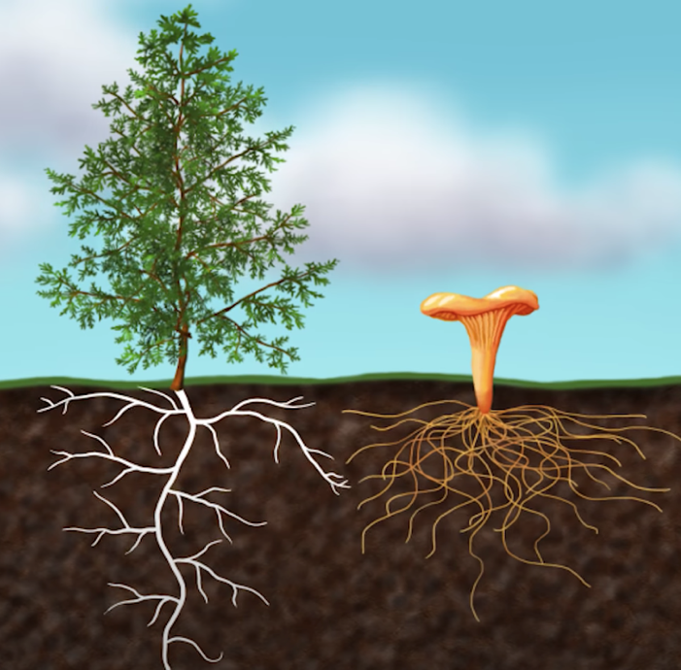Copyright © 2022 Philip C. Cruver
Current agricultural practices with continued extensive application of conventional fertilizers will not be able to meet the future global demand for food. Bulk application of fertilizers are inherently limited by their low Nutrient Use Efficiency (NUE), which is the ability of plants to acquire a nutrient, transport it in roots and remobilize it to other parts of the plant.
For example, the NUEs of major macronutrients are nitrogen (30-35%), phosphorus (18-20%), and potassium (35-40%) revealing that more than half of the applied fertilizers are lost. Fundamentally, low NUEs require higher inputs of bulk fertilizers to maintain agricultural outputs. This ultimately results in runoff of toxic fertilizers distorting the nutrient and food chain balance in ecosystems, causing a variety of environmental problems, including eutrophication of water bodies and soil structure disturbance.
There is also the looming threat of resource scarcity of phosphorus as farmers are using nearly 85% of the world's total mined phosphorus as fertilizer despite that the plants use less than half. According to a paper published by MIT "Fighting Peak Phosphorus", the world's supply of phosphorus could run out within the next 80 years having a devastating impact on agricultural productivity.
Low NUEs are typically the result of higher release rate of fertilizers than the absorption rate by plants, and the transformation of nutrients to forms that are not bioavailable to crops. As such, there is great interest in developing innovative fertilizers to increase NUEs using nanoparticles that may influence metabolic activities of the plant to mobilize native nutrients (such as phosphorus) in the rhizosphere. Given the unique properties of nanomaterials, incorporation of nanotechnology into the design and use of efficient fertilizers has huge potential.
Nanofertilizers are nutrient carriers of nano dimensions approximating one-billionth of a meter. Due to their high surface area, they can hold abundant nutrient ions and release them slowly and steadily, commensurate with crop demand. Nanofertilizers are easily uptaken and assimilated by the plants because of their ease of solubility, stability, and controlled release in time.
The advantage of using nanocarriers to deliver nutrients instead of using nanomaterials made of nutrients is that the carrier or delivery platform can be a material that is safe to users, environmentally benign, and compatible with growth media, plants, and other organisms. Another advantage for using nanocarriers is that the fertilizers can then be formulated or “tuned” to release nutrients in a prescribed and controlled manner predicated on the plant species and composition of the local soil. Controlled release fertilizers could prolong nutrient longevity for effectively maintaining a continuous supply for crops over a longer growth period with less environmental damage.
Of the six types of nanostructured materials capable of being nutrient carriers, nanoclays contain the widest range of beneficial materials. Nanoclays are defined as layered silicates with bi-dimensional platelets of nanoscale thickness (frequently ~ 1 nm) and a length of several micrometers. Nanoclays hold the potential to sustain nutrients for long periods of time, enhance plant growth, improve NUE, balance nutrient supply, and minimize environmental contamination.
When plants live in challenging desert locations, they develop mechanisms to help them survive. These include morphological characteristics such as thickened, small, or narrow leaves to reduce water loss, slowing the plant's growth rate, or developing a tolerance for high salts and low levels of nutrients. One important set of survival mechanisms involves creating mutually beneficial (symbiotic) relationships between plant roots and soil-borne organisms such as bacteria and fungi.
The associations between roots and fungi are called mycorrhizae. These symbiotic arrangements have been found in about 90% of all land plants and have been around for approximately 400 million years. Plant roots are hospitable sites for the fungi to anchor and produce their threads (hyphae). The roots provide essential nutrients for the growth of the fungi. In return, the large mass of fungal hyphae acts as a virtual root system for the plants, increasing the amount of water and nutrients that the plant may obtain from the surrounding soil. A plant that forms an association benefiting both the fungus and the plant is a "host." Large numbers of native desert plants are hosts to these fungi and would not survive without them.
In a 2014 issue of Mother Earth News articulates the amazing underground secret of mycorrhizae: "Although we think of fungi being most at home in deep, dank forests, they’re surprisingly abundant in open shrublands and prairies, too. The outer walls of hyphae contain gluey compounds that cause fine particles of earth to clump together on and around the threads. This process is a major factor in building soil structure and making the ground less vulnerable to erosion. Mycelial networks also play a valuable role in sequestering carbon within microclusters of filaments. They limit their partner plants’ exposure to heavy metals, such as lead, zinc and cadmium, by keeping those elements bound to the hyphae’s sticky sheath. At high latitudes and high altitudes, mycorrhizal fungi scrounge nutrients from cold, rocky soils. In boggy regions, the hyphae buffer plant partners from the high acid content of peaty soils. In saline ground, the hyphae help safeguard their partners from high salt concentrations. Mycorrhizae can also protect plants from pests and diseases".
Technologies are being developed for the controlled release of nanofertilizers and increased mycorrhizae. Since the production and implementation of nanofertilizers are still at an early stage, any discovery in new innovative technologies to enhance agriculture productivity and supply the necessary nutrients would be a landmark in nanotechnology research for launching the next Green Revolution










